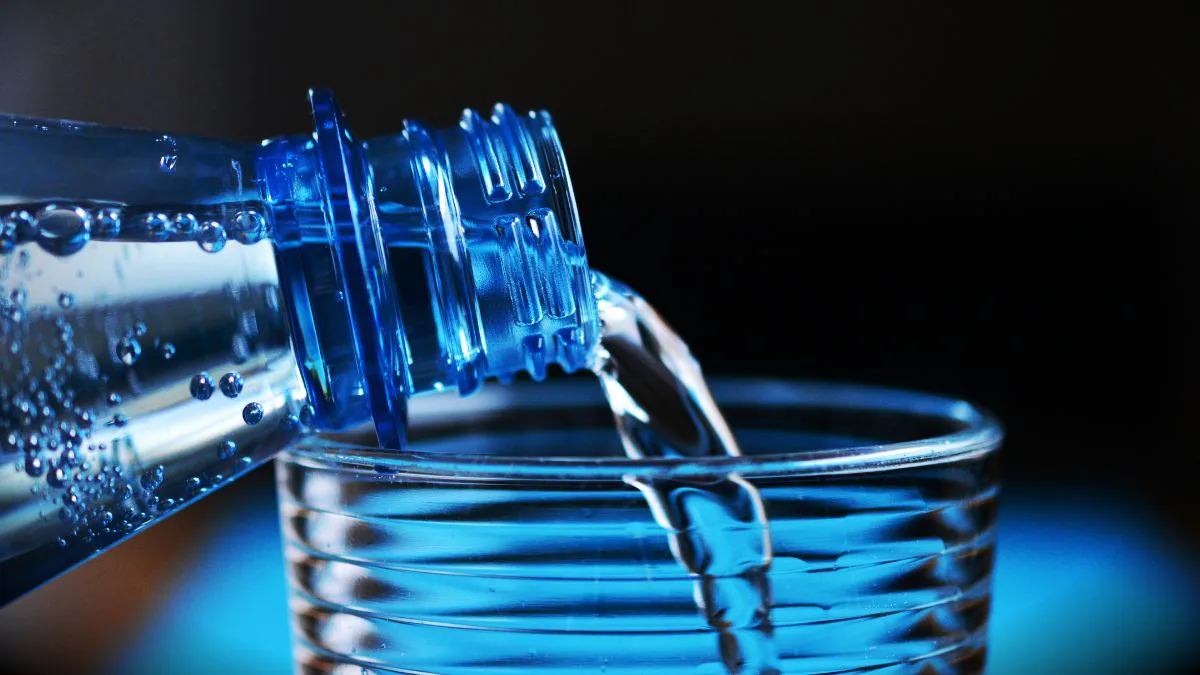Water turns into ice when it freezes and evaporates at higher temperatures. These are the commonly known properties of water. However, now a team of researchers has shown that water splits into two different liquids under low temperatures. This new type of phase transition in water was first proposed in a study 30 years ago. However, since the transition occurs in supercooled conditions, where water becomes ice, the elusive liquid-liquid transition was difficult to observe. To overcome this, the team from the University of Birmingham used computer simulations to explain how the two liquids differ at the microscopic level.
In their simulation, a colloidal model and two widely used molecular models of water were used. Colloid particles can be up to a thousand times larger than a water molecule and because of this enormous size and slow speed, they are used to observe physical phenomena occurring on very small scales.
“This colloidal model of water provides a magnifying glass into molecular water, and enables us to unravel the mysteries of water related to the story of the two liquids,” said Dr Dvaipayan Chakraborty, Associate Professor of Soft Matter. Chakraborty is also a co-author of the study published in nature physics,
The team observed that of the two liquids, the liquid with the higher density had water molecules arranged in a form that is known to be topologically complex. This arrangement can be compared to the links of a steel chain. Due to this the high density molecules were said to be entangled.
Meanwhile, in a low-density liquid, the water molecules mostly formed rings and thus were said to be unconnected.
“This insight has given us an entirely new look at a 30-year-old research problem, and is hopefully only the beginning,” Chakraborty said.
The team now hopes that their work will inspire other theoretical modeling based on topological concepts. The researchers also hope that the model could pave the way for new experiments that will extend the concept of the entangled liquid to other liquids such as silicon.













